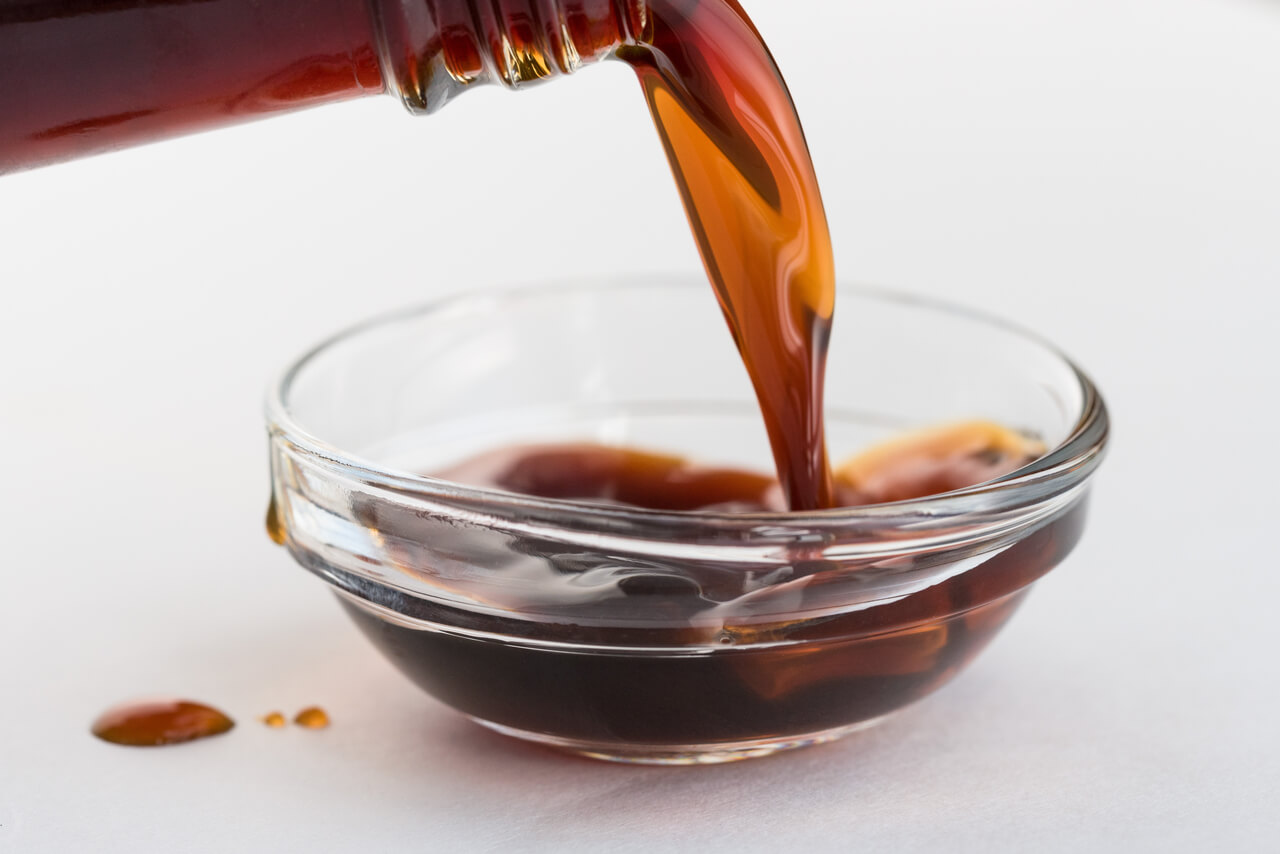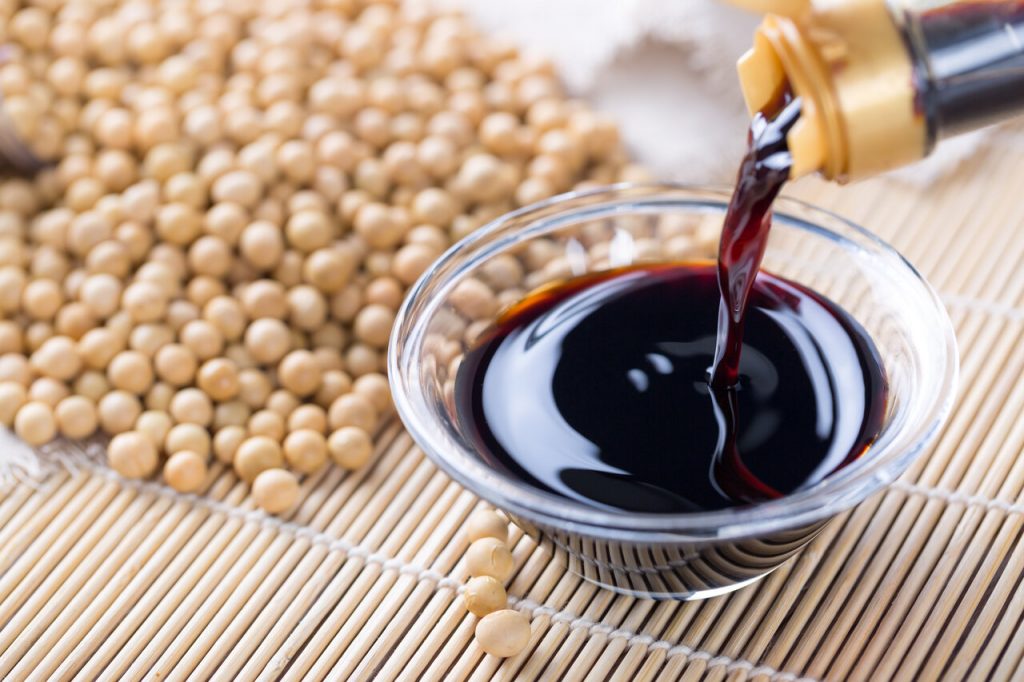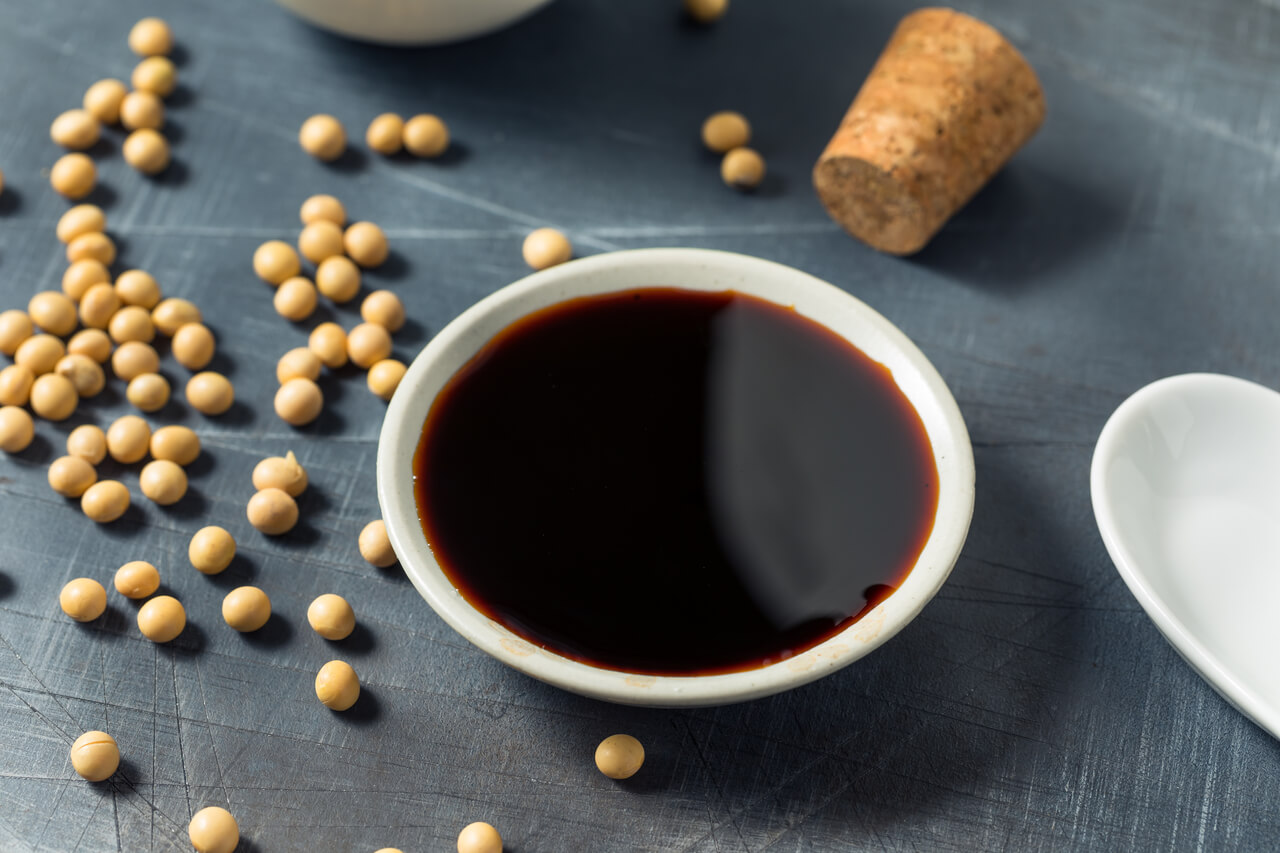
Soy sauce is a culinary seasoning and a flavor enhancer used to season stir-fries and other savory dishes where umami is an important flavor component. If you’re avoiding gluten or want to try another alternative, then coconut aminos is a good substitute! How exactly are they different? In this article, we’ll discuss the differences and similarities regarding coconut aminos vs soy sauce. We’ll also have a closer look into coconut aminos as a healthier option for soy sauce, how to use it, and more!
Coconut Aminos vs Soy Sauce: What’s the Difference?
Before anything else, let’s start with coconut aminos: what is it? Coconut aminos is a condiment made from the fermented sap of the coconut plant (the palm tree itself). To make coconut aminos, you only need two ingredients: coconut tree sap and salt. Once it ages, it will have a dark color and a resulting umami taste that is greatly similar to soy sauce.
Overall, with its umami and savory taste, coconut aminos is often used as a soy sauce alternative for a lot of Asian dishes such as fried rice, stir-fry meat and vegetables, and noodles.

Organic Coconut Aminos

Regular Soy Sauce
Soy sauce, on the other hand, is a liquid condiment that is salty and contains loads of umami and savory flavor. Soy sauce is made from a fermented paste of soybeans and is said to have originated in China over 2,000 years ago. Later, it was introduced to Japan where different types were made such as tamari and light and dark soy sauce.
Again, it is used to add the signature umami flavor to chicken fried rice, stir-fries, sauces, and marinade. It is also commonly used as a dipping sauce.
But what are the differences between coconut aminos vs soy sauce?
Coconut Aminos Is Less Salty, Sweeter Than Soy Sauce
Now, how does coconut aminos compare to soy sauce when it comes to taste? Overall, coconut aminos is a milder, less salty version of soy sauce. Besides the prominent umami and savory taste, this condiment also has a subtle hint of sweetness that is absent in soy sauce. Surprisingly though, it doesn’t taste like coconuts.
They Can Be Substituted for Each Other
Besides taste, coconut aminos and soy sauce are similar in a lot of ways. They also resemble each other in terms of color and consistency. That is why they can easily be used as a substitute for each other in many recipes. But how do coconut aminos vs soy sauce compare as a substitute, exactly?
As mentioned above, coconut aminos do not take after coconuts in terms of flavor. Generally, it tastes like a milder version of soy sauce only less salty with a nice hint of sweetness that also resembles teriyaki sauce (a sort of Japanese sauce). Appearance-wise, coconut aminos is a dark-colored liquid with a very thin consistency that you can easily mistake for soy sauce.
To use coconut aminos as a substitute, incorporate it in dishes in a 1:1 coconut aminos to soy sauce ratio. You can use it as you would use soy sauce in this Filipino adobo chicken and other dishes that require an umami taste. That includes using it as a table condiment for other dishes such as sushi, sashimi, and tempura.
Is Coconut Aminos a Healthy Alternative to Soy Sauce?
Is coconut aminos healthy? Coconut aminos do not contain many health benefits per se, save for sodium, which is an essential nutrient we need in small amounts. This condiment, however, has less sodium content compared to soy sauce.
If we take a closer look, one teaspoon of coconut aminos only has about 90 milligrams of sodium. Meanwhile, the traditional soy sauce has 280 milligrams in the same serving size. That said, if you’re trying to shave some sodium off your diet, using coconut aminos is a good way to lower salt consumption.
Aside from the low salt content, coconut aminos is also great for consumers with health and diet restrictions. Since it is made from fermented coconut sap, coconut aminos is free of common allergens like gluten, wheat, and soy — ultimately making it a healthier alternative for people with allergies and food sensitivities.
READ ALSO: 27 Delicious Gluten-Free Chicken Recipes To Try at Home
Tamari vs Soy Sauce vs Coconut Aminos
Besides coconut aminos, tamari is another good soy sauce alternative. But what is tamari, exactly? In the most basic sense, tamari is simply a sort of soy sauce with little to no roasted grains or wheat. It also has more soybeans than the original and traditional Chinese condiment which creates a bolder and fuller flavor.

Tamari
Since it has more soybeans, tamari also has a stronger umami flavor with a less salty taste and a thicker consistency than soy sauce. Coupled with its thick consistency and a well-balanced flavor without the harsh bite of the traditional condiment, tamari is a good dipping sauce for classic salmon sushi.
Despite the differences, you can use tamari as a gluten-free alternative for soy sauce in a 1:1 ratio. But you can also add it in slow progression if you’re not sure how it will fare in your dish. We suggest starting with half and adding more depending on your preferences.
Liquid Aminos vs Coconut Aminos vs Tamari
On another note, let’s discuss the difference between liquid aminos vs soy sauce and coconut aminos. Despite the word “aminos” in their name, liquid aminos and coconut aminos are not the same. So what is it, exactly? True to its name, liquid aminos are made with the concentrated amino acids from soybeans.
Taste-wise, liquid aminos is closer to tamari. It has a less salty taste with a sweet and mild flavor profile than soy sauce. Its mild flavor profile makes it a great dipping sauce.
Additionally, though both liquid aminos and tamari are great gluten-free substitutes, they contain soy which makes them unsuitable for those with soy allergens.
Coconut Aminos vs Soy Sauce: Which One Is Better?
Asian dishes require the signature umami and savory taste of soy sauce and coconut aminos. Besides a known gluten-free alternative, coconut aminos is a flavorful ingredient that is also a low-sodium alternative to the well-loved Chinese condiment: soy sauce.
Now, let’s answer the question of which is better, coconut aminos or soy sauce? The answer would depend on your diet and health restrictions. If you’re looking for a substitute that’s gluten-free or low in sodium, then try coconut aminos.
If you are looking for a more nuanced savory and umami taste without the hint of sweetness that coconut aminos has, you can stick to soy sauce. Although there is nothing wrong with using both if you don’t have health restrictions. This soy-free ingredient is just as tasty and savory as soy sauce!











